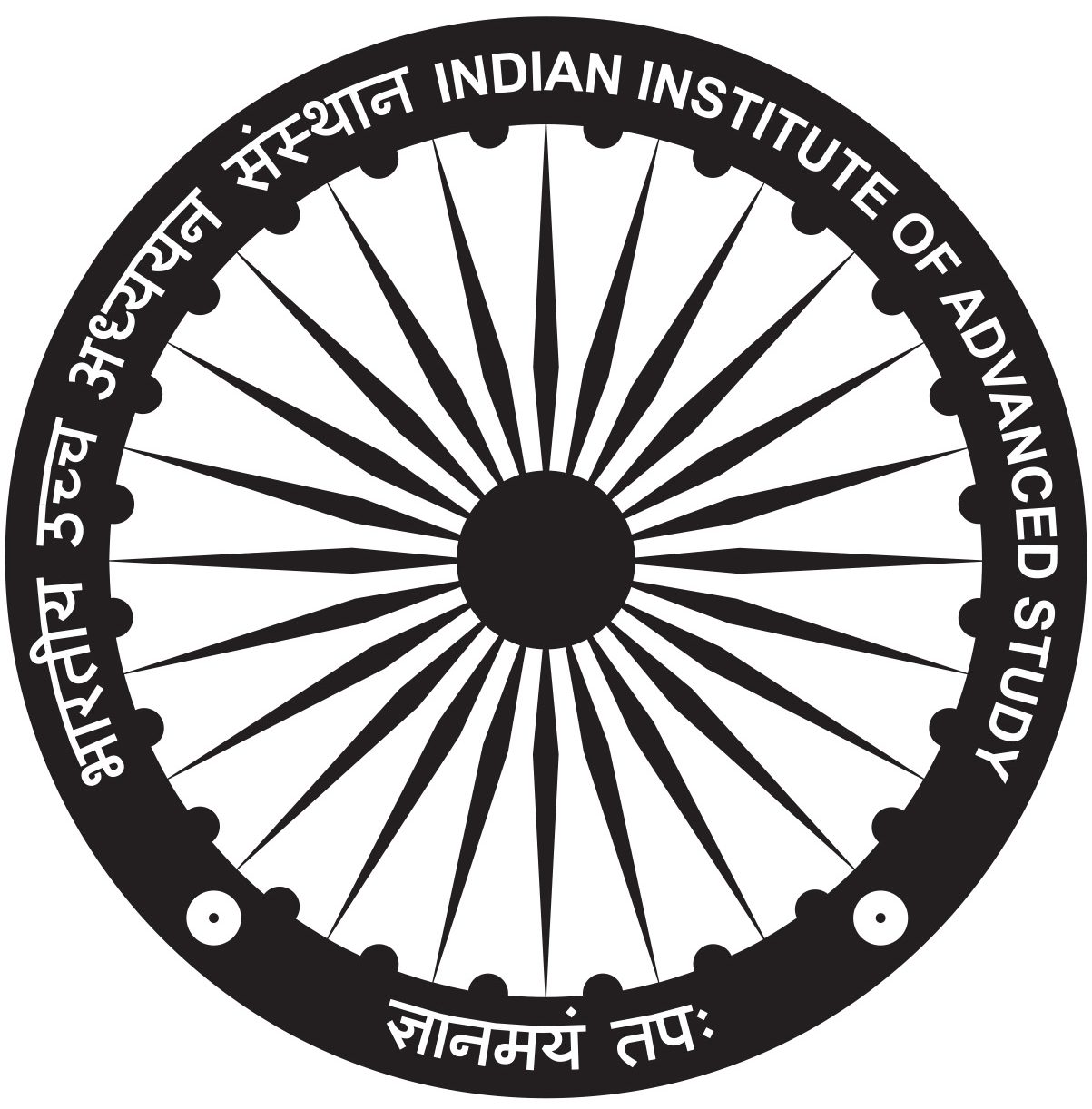Date/Time
Date(s) - 12/03/2020
3:00 pm - 5:00 pm
Location
Seminar Hall
Categories
Many Tamil Mahabharatas: A Surveyfrom the Pre-Colonial to the Colonial Era
Project Title: Women in Tamil Mahabharatas: Literary and Oral Tradition
Vijaya Ramaswamy
Tagore Fellow
This project is aimed at the recovery of women’s voices from the Tamil recensions of the Mahabharata. These were many in number. The retelling and/or translation of the Mahabharata epic began during the period of the Sangam Age (circa 3rd century BCE to circa 3rd century CE) and continue into the present. The primary reason for the many Mahabharatas in the Tamil language clearly lies in its relevance to Tamil society and culture, then and now.
What makes the Tamil Mahabharatasdistinct and different from the Sanskrit critical edition, and to some extent from the vulgate editions as well, although they are in their numerous retellingscloser to the vulgate version, is the eco-landscape which is distinctly Tamil, in the introduction of new characters not found in the mainstream Mahabharataand quite often in the way the events themselves unfold.
The Tamil Mahabharatas can be said to take four different trajectories:
1. Faithful translationsdrawing upon the Sanskrit Mahabharata, the authentic critical editionof which is to be found in its most comprehensive form in the Bhandarkar Oriental Research Institute publication (between 1927 and 1966) with Vishnu Sitaram (V.S.) Suktankar as its general editor. The work consisting of 19 volumes, involved collating of about 60 partial manuscripts of the Mahabharata in ten different scripts belonging to two major recensions (Northern and Southern). A lucid and detailed account of his methods of collation may be found in the prelude to the first volume written in 1933. The best example of this trajectory among the Tamil Mahabharatas is that of ManalurRamanujacharyar.
2. Tamil renditions based on the vulgate version of the epic such as Perundevanar’sBharataVenba(Chinnamanur inscription of the 9th century and the royal initiative to translate the Mahabharata into Tamil from Sanskrit and
3. A re-invention of the epic itself in the course of the re-telling with the introduction of new characters extraneous to both the critical edition and the vulgate version such as to be found in Sayyid Muhammad Annavi’sBharataAmmanai and ShantadiAshwamagam.
4. A re-telling which is a re-mix of many editions and many versions incorporating partly from the Sanskrit editions and partly from others including inter-textual borrowings between one Tamil Mahabharata and another as in the case of Nallapillai’sBharatam which heavily draws upon Villiputturar’sVillibharatamamong other versions.
